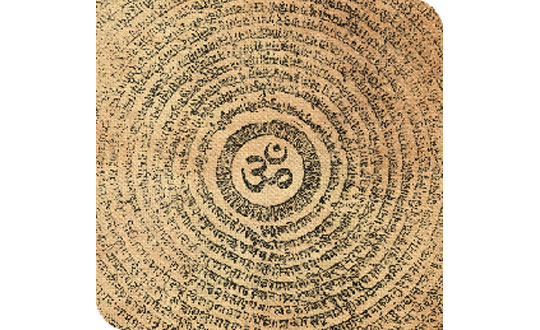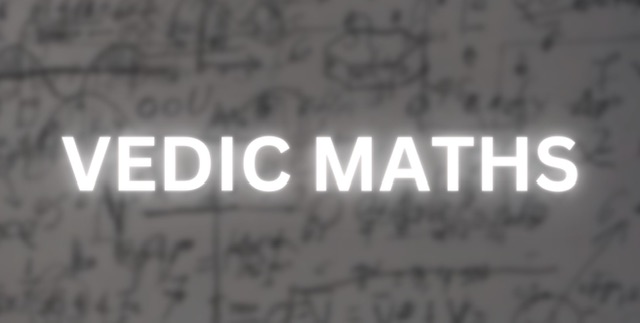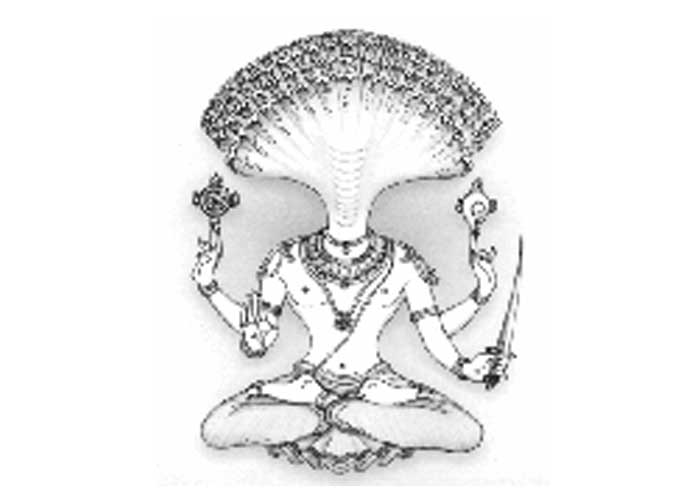Sanskrit is the oldest language known to man, considered to be the very origin of language itself. It is the chosen language of grammarians like Panini and Patanjali, mathematicians like Aryabhatta, Brahmagupta and Bhaskaracharya, medicinal experts like Charak and Sushrut, poets and writers like Kalidas and Bhavabhuti – unlocking the keys to the oceans of knowledge of Bharatvarshis.
In 1786, William Jones, in a paper presented to the Royal Asiatic Society, in Calcutta, stated, “the wonderful structure of the Sanskrit language, is more perfect than the Greek, more copious than the Latin, and more exquisitely refined than either.”Today one finds 14 of the top German Universities offering a course in Sanskrit, with students enrolled from across Europe. With prestigious universities like Oxford, Cambridge and Edinburgh offering full time courses, Sanskrit fever is on an all-time high.
THE PERFECT ONE
The word Sanskrit is a combination of ‘sam’ meaning ‘perfectly’ or ‘wholly’ and ‘krit’ meaning ‘done.’ Thus, the one which done in perfect form is Sanskrit.
SCIENTIFIC ALPHABET SYSTEM
Sanskrit alphabet is called Devanagari, literally translating as ‘abode of gods’.
Devanagari is a phonetic alphabet that consists of 16 vowels (svara) and 36 consonants (vyanjana). Phonetic means based on sound. So while, in the English alphabet, there is no reason why F is followed by G or P by Q, in Sanskrit alphabet arrangement is based on sounds in human speech.
For example the vowels, a, aa, i, ee, u, oo, ae, ai, o, ou are arranged according to the shape of the mouth when these sounds are emitted, a and aa, are pronounced from the throat, i and ee from the palate, o and oo from the lips, etc. In the same way the consonants are also arranged in a scientific pattern. The (ka) varga (i.e. ka, kha, ga, gha, nga) is produced from throat, the (cha) varga from the palate, the (ta) varga from the roof of the mouth, the (ta) varga from the teeth, and the (pa) varga from the lips.
It is also known as a syllabic script, which means that every letter has a unique sound and is a single syllable of each word. Unlike English where consonants each have an individual sound (b=bee, f=ef, k=kay, z=zed), the Sanskrit letters representing consonants incorporate an ‘a’ sound (ka, ta, pa) making each symbol a single syllable. This vowel ‘a’ can be replaced by any other vowel by the addition of extra symbols.
BASED ON ROOT SOUNDS OR VIBRATIONS OF THE UNIVERSE
Vedic rishis maintained, and Quantum physics reaffirms that anything and everything in Creation is vibration (or prana), sound being the first manifestation of these vibrations. It is said that Sanskrit itself arises from these root sounds or vibrations of the Universe. The various vowels and consonants in Sanskrit words represent core sounds, known as bijas. In deep states of dhyan, rishis, the ancient spiritual scientists, perceived bija sounds and from them recognized the inherent sound of every aspect of Creation.
A Sanskrit word, then, is not merely a word chosen to name something, but an actual reflection of the inherent ‘sound’ of that object. In fact, perfect pronunciation of Sanskrit words (uccharan), can replicate the exact nature, or essence, of that which it is referring too. This perfect uchharan is at the heart of the phenomenal power of the vedic mantras. At Dhyan Ashram, practitioners of Sanatan Kriya have practically experienced the power of mantras and routinely experience manifestation of energy and forms through the perfect chant.
GRAMMAR PAR EXCELLENCE
Sanskrit grammar has attracted scholars worldwide. In fact, it’s rules of grammar and the shabdabodh are of great utility in the development of computer language and this has been acknowledged by many computer experts including Rick Briggs, NASA researcher, asserted in AI Magazine in 1985, “Among the accomplishments of the grammarians can be reckoned a method for paraphrasing Sanskrit in a manner that is identical not only in essence but in form with current work in Artificial Intelligence.”
A glimpse of the perfection of Sanskrit grammar can be seen by the extensiveness of its grammatical tenses. There are ten tenses, each tense has three separate words for each of the three grammatical persons (first person, second person and third person) and it further distinguishes if it’s referring to one, two, or more than two people. Then there are three categories of the verbs that indicate whether the outcome of the action is related to the doer or the other person or both. In this way there are ninety forms of one single verb.
In English language there are only a few words like: do, doing and done, or go, gone, going and went; then some more words have to be added to express the variations of the tense like: is, was, will, has been, had, had had, etc. But in the Sanskrit language there are ready-made single words for all kinds of uses and situations. In fact, Sanskrit grammar has the capacity for creating any number of new words for a new situation or concept or thing.
PERFECT SINCE THE BEGINNING
All aspects of the Sanskrit grammar along with the dictionary were received as one packet from the very beginning along with the Vedas. No ‘sound shift,’ no change in the vowel system, and no addition was ever made in the grammar of the Sanskrit in relation to the formation of the words. On the contrary, all the languages of the world started in a primitive form with incomplete alphabet and vowels, having only a few words in the beginning which were just enough for the people to communicate with each other.
Even the advanced international language of today, the English language, when it took its roots from West Germanic around 800 AD, was in an absolutely primitive form. As it developed, it assimilated about 30% of its words from Latin and numerous words from French and Greek. Slowly developing and improving its vocabulary, the style of writing and the grammar from Old English (which had only two tenses) to Middle English, to Early Modern English, and then to Modern English, took a very long time.
From the exacting nature of the pronunciation of its 52 letters to the science of word formation, there has never been any kind, class or nature of change in the science of Sanskrit grammar. Sanskrit has been in its perfect form since the very beginning.





